Home>Gardening & Outdoor>Landscaping Ideas>How To Get Rid Of Grasshoppers


Landscaping Ideas
How To Get Rid Of Grasshoppers
Published: January 26, 2024
Learn effective landscaping ideas to get rid of grasshoppers and protect your garden. Discover natural and eco-friendly solutions for a pest-free landscape.
(Many of the links in this article redirect to a specific reviewed product. Your purchase of these products through affiliate links helps to generate commission for Storables.com, at no extra cost. Learn more)
Introduction
Read more: How To Get Rid Of Grasshoppers In The Garden
Understanding the Grasshopper Infestation
Grasshoppers are often associated with idyllic images of sunny fields and chirping meadows. However, when these seemingly harmless insects multiply into a swarm, they can wreak havoc on gardens, crops, and landscapes. Their insatiable appetite for foliage makes them a formidable adversary for anyone with a green thumb. If left unchecked, a grasshopper infestation can decimate plants and transform lush greenery into barren landscapes.
In this comprehensive guide, we will delve into the world of grasshoppers, exploring their behavior, life cycle, and the various methods for controlling their population. Whether you are a seasoned gardener, a farmer, or simply someone who enjoys the beauty of a well-tended landscape, understanding how to combat these voracious pests is essential for preserving the natural splendor of your outdoor spaces.
Throughout this article, we will uncover natural and chemical control options, as well as preventative measures to keep grasshoppers at bay. By the end of this guide, you will be equipped with the knowledge and strategies needed to protect your plants and maintain the beauty of your outdoor environment. So, let's embark on this journey to discover effective ways to manage and prevent grasshopper infestations.
Key Takeaways:
- Embrace natural methods like introducing predators and using botanical repellents to control grasshopper infestations while preserving the ecosystem’s balance and promoting sustainable pest management.
- Prioritize proactive measures such as habitat modification, landscape diversity, and vigilant monitoring to prevent grasshopper infestations and maintain the long-term health of outdoor landscapes.
Understanding Grasshoppers
Before delving into methods for controlling grasshoppers, it’s crucial to grasp the fundamental aspects of these insects. Grasshoppers belong to the suborder Caelifera within the order Orthoptera, and they are known for their powerful hind legs, which enable them to leap remarkable distances. These herbivorous insects play a vital role in the ecosystem, but their rapid reproduction and voracious feeding habits can pose a significant threat to plants and crops.
Grasshoppers undergo incomplete metamorphosis, progressing through three distinct stages: egg, nymph, and adult. The eggs are typically laid in the soil during late summer or early fall and remain dormant until the following spring. Once hatched, the nymphs resemble miniature versions of adult grasshoppers but lack fully developed wings. As they mature, they molt several times, gradually acquiring wings and reaching their adult form.
During their feeding frenzy, grasshoppers consume a wide array of plants, favoring grasses, leaves, and young, tender foliage. Their indiscriminate appetite can result in severe damage to agricultural crops, ornamental plants, and native vegetation. Furthermore, their ability to migrate over long distances can exacerbate the impact of infestations, leading to widespread devastation in agricultural regions.
Understanding the behavior and life cycle of grasshoppers is essential for implementing effective control measures. By gaining insight into their habits and vulnerabilities, you can develop a targeted approach to managing their population and mitigating the damage they cause. In the following sections, we will explore natural and chemical control methods, as well as proactive strategies for preventing grasshopper infestations.
Natural Methods for Controlling Grasshoppers
When addressing grasshopper infestations, natural control methods offer an environmentally friendly and sustainable approach to managing these pests. By harnessing the power of natural predators, biological deterrents, and habitat modification, you can effectively curb grasshopper populations while maintaining ecological balance in your outdoor spaces.
1. Introduce Natural Predators: Encouraging the presence of natural predators, such as birds, snakes, and predatory insects like ground beetles and robber flies, can help keep grasshopper populations in check. Creating habitats that attract these beneficial creatures, such as providing birdhouses and maintaining diverse plantings, can foster a balanced ecosystem that naturally regulates grasshopper numbers.
2. Utilize Biological Control Agents: Biological control agents, such as the fungus Beauveria bassiana and the protozoan Nosema locustae, can be effective in reducing grasshopper populations. These natural pathogens target grasshoppers specifically, offering a targeted and environmentally sound method of control.
3. Implement Cultural Practices: Modifying the landscape to create less hospitable conditions for grasshoppers can help deter infestations. Practices such as crop rotation, intercropping with repellent plants like calendula and tansy, and maintaining diverse plant species can disrupt grasshopper feeding patterns and limit their ability to proliferate.
4. Deploy Physical Barriers: Using physical barriers, such as row covers and netting, can shield vulnerable plants from grasshopper feeding. These barriers create a protective shield while allowing for adequate airflow and sunlight, safeguarding plants without resorting to chemical interventions.
5. Leverage Botanical Repellents: Certain plants, including wormwood, cilantro, and horehound, possess natural repellent properties that can deter grasshoppers. Introducing these repellent plants to your landscape can create an inhospitable environment for grasshoppers, reducing the likelihood of infestation.
By integrating these natural methods into your pest management strategy, you can foster a resilient and balanced ecosystem while effectively mitigating the impact of grasshopper infestations. These approaches offer sustainable solutions that prioritize environmental harmony and the long-term health of your outdoor environment.
Chemical Control Options
While natural methods provide eco-friendly alternatives for managing grasshopper populations, there are instances where chemical control options may be necessary to address severe infestations. When considering chemical interventions, it is essential to prioritize products that are targeted, effective, and pose minimal risk to non-target organisms and the environment.
1. Insecticidal Dusts and Baits: Insecticidal dusts, such as those containing diatomaceous earth or kaolin clay, can be applied to plants to deter grasshoppers. These dusts disrupt the insects’ exoskeleton, leading to dehydration and eventual mortality. Additionally, bait formulations containing insecticidal compounds can be strategically placed to attract and eliminate grasshoppers in localized areas.
2. Biological Insecticides: Biological insecticides, such as those derived from the bacterium Bacillus thuringiensis (Bt), offer a targeted approach to controlling grasshoppers. These products specifically target certain insect species while minimizing harm to beneficial organisms, making them a valuable tool for integrated pest management.
3. Synthetic Insecticides: Synthetic insecticides, while effective at reducing grasshopper populations, should be used judiciously and in accordance with label instructions to minimize environmental impact. Products containing active ingredients such as carbaryl, malathion, or permethrin can provide rapid control of grasshoppers but should be applied with caution to avoid unintended harm to non-target species.
4. Growth Regulators: Insect growth regulators, including formulations containing methoprene or diflubenzuron, disrupt the development of grasshoppers, impeding their ability to molt and mature. These products offer a targeted and environmentally conscious approach to controlling grasshopper populations by interfering with their life cycle.
5. Systemic Insecticides: Systemic insecticides, applied to the soil or directly to plants, are absorbed and distributed within the plant tissue, providing long-lasting protection against grasshoppers. These products offer a convenient and effective means of controlling infestations while minimizing environmental exposure.
When considering chemical control options, it is imperative to prioritize the safety of beneficial insects, wildlife, and the surrounding ecosystem. Additionally, adhering to recommended application rates and timing is crucial to minimize the impact on non-target organisms and promote responsible pest management practices.
While chemical control options can provide effective short-term relief from grasshopper infestations, integrating them with natural methods and preventative measures is essential for establishing a holistic and sustainable approach to pest management.
One way to get rid of grasshoppers is to introduce natural predators like birds, frogs, and praying mantises to your garden. These predators will help keep the grasshopper population in check.
Read more: How To Get Rid Of Crabgrass
Preventing Grasshopper Infestations
Prevention is a key component of effective grasshopper management, and implementing proactive measures can significantly reduce the likelihood of infestations. By adopting a multi-faceted approach that encompasses habitat modification, vigilant monitoring, and strategic landscape design, you can create an environment that discourages grasshoppers and promotes the health of your plants.
1. Habitat Modification: Altering the landscape to create less favorable conditions for grasshoppers can deter infestations. This includes reducing excessive vegetation, removing debris and overgrown grassy areas, and maintaining well-groomed landscapes to minimize potential hiding spots and breeding grounds for grasshoppers.
2. Vigilant Monitoring: Regularly inspecting plants for signs of grasshopper activity, including chewed foliage and the presence of nymphs, allows for early detection of infestations. Prompt identification enables targeted intervention, preventing the rapid proliferation of grasshoppers and minimizing damage to plants.
3. Landscape Diversity: Cultivating diverse plant species and incorporating a variety of textures and heights in your landscape design can disrupt grasshopper feeding patterns. By creating a mosaic of plantings, you can make it more challenging for grasshoppers to locate and consume their preferred host plants, reducing the impact of infestations.
4. Mechanical Barriers: Implementing physical barriers, such as garden fabric and fencing, can protect vulnerable plants from grasshopper feeding. These barriers serve as a deterrent while allowing for adequate airflow and sunlight, safeguarding plants without the need for chemical interventions.
5. Timely Planting and Maintenance: Scheduling plantings to avoid peak grasshopper activity periods and promptly removing spent vegetation can help minimize the attractiveness of your landscape to grasshoppers. Additionally, maintaining plant health through proper watering and fertilization can bolster their resilience against potential pest pressures.
6. Community Collaboration: Collaborating with neighboring gardeners, farmers, and local agricultural organizations can facilitate coordinated efforts to manage grasshopper populations at a broader scale. Sharing knowledge and implementing synchronized control strategies can enhance the effectiveness of grasshopper management initiatives within the community.
By integrating these preventative measures into your landscape management practices, you can create an environment that is less conducive to grasshopper infestations while promoting the overall health and vitality of your outdoor spaces. Proactive strategies not only minimize the need for reactive pest control measures but also contribute to the long-term sustainability of your landscape.
Conclusion
As stewards of our outdoor environments, it is paramount to cultivate a harmonious balance between the natural world and our cultivated landscapes. The presence of grasshoppers, while integral to the ecosystem, can pose significant challenges when their populations surge and threaten the vitality of our plants and crops. Through a comprehensive understanding of grasshopper behavior, life cycle, and effective management strategies, we can mitigate the impact of infestations while preserving the ecological integrity of our outdoor spaces.
By embracing natural methods for controlling grasshoppers, such as fostering the presence of natural predators, leveraging biological control agents, and implementing habitat modifications, we can establish resilient ecosystems that naturally regulate grasshopper populations. These approaches not only offer sustainable solutions but also contribute to the preservation of biodiversity and ecological equilibrium.
When considering chemical control options, it is imperative to prioritize the judicious use of targeted insecticides and biological control agents that minimize harm to non-target organisms. Integrating these interventions with preventative measures, including habitat modification, vigilant monitoring, and landscape diversity, empowers us to proactively manage grasshopper populations while safeguarding the health of our plants and the surrounding environment.
Prevention lies at the core of effective grasshopper management, and by implementing proactive measures such as habitat modification, landscape diversity, and vigilant monitoring, we can create environments that discourage grasshopper infestations. These preventative strategies not only reduce the reliance on reactive pest control measures but also contribute to the long-term sustainability and resilience of our outdoor landscapes.
As we navigate the dynamic interplay between human cultivation and the natural world, it is essential to approach grasshopper management with a holistic perspective that prioritizes ecological harmony and the preservation of our outdoor spaces. By integrating natural, chemical, and preventative strategies, we can cultivate landscapes that thrive in harmony with the diverse ecosystems that surround us.
Armed with the knowledge and strategies presented in this guide, you are well-equipped to tackle grasshopper infestations and foster the enduring beauty and vitality of your outdoor environment. Embracing these approaches not only empowers you to effectively manage grasshoppers but also contributes to the preservation of the intricate tapestry of life that enriches our landscapes.
Frequently Asked Questions about How To Get Rid Of Grasshoppers
Was this page helpful?
At Storables.com, we guarantee accurate and reliable information. Our content, validated by Expert Board Contributors, is crafted following stringent Editorial Policies. We're committed to providing you with well-researched, expert-backed insights for all your informational needs.





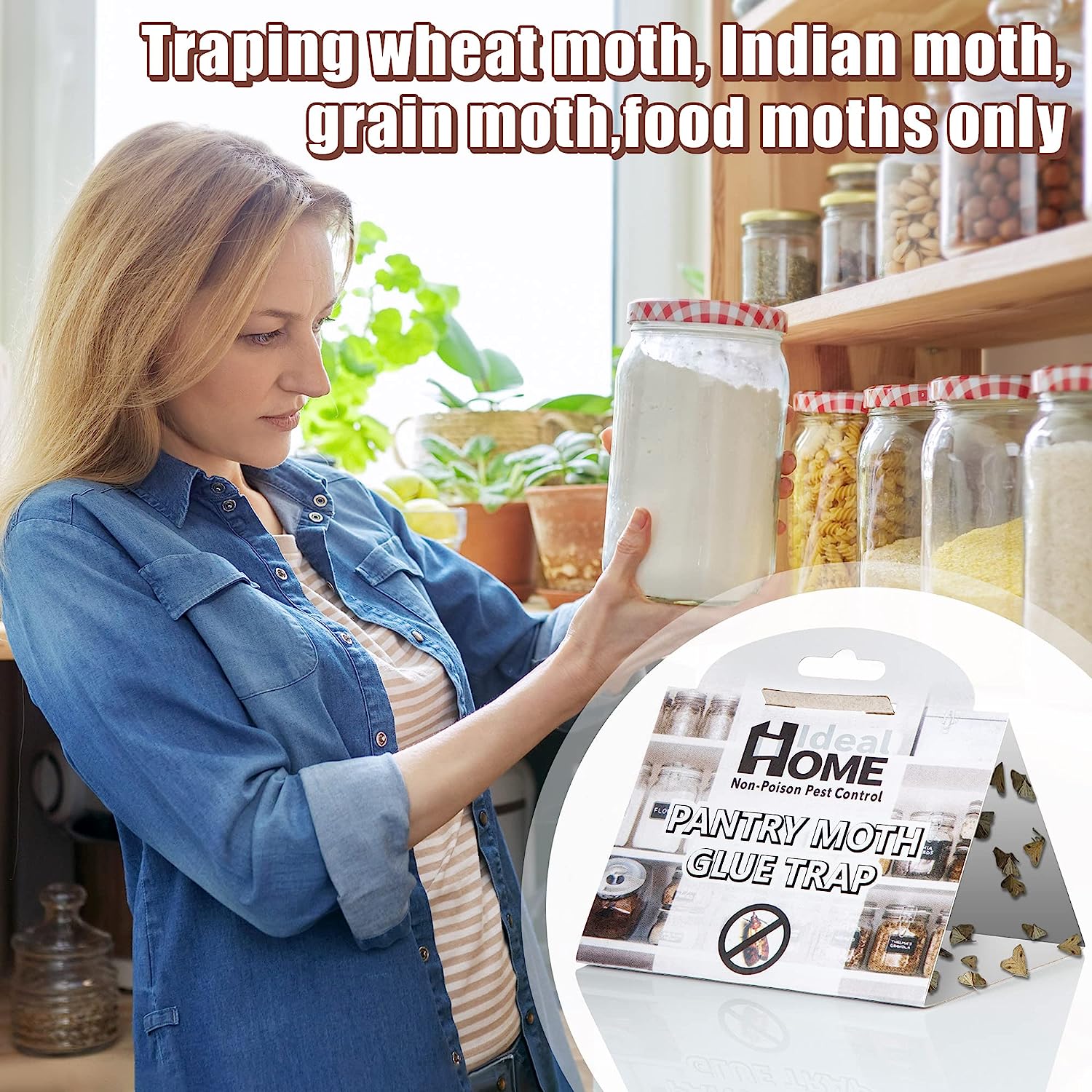
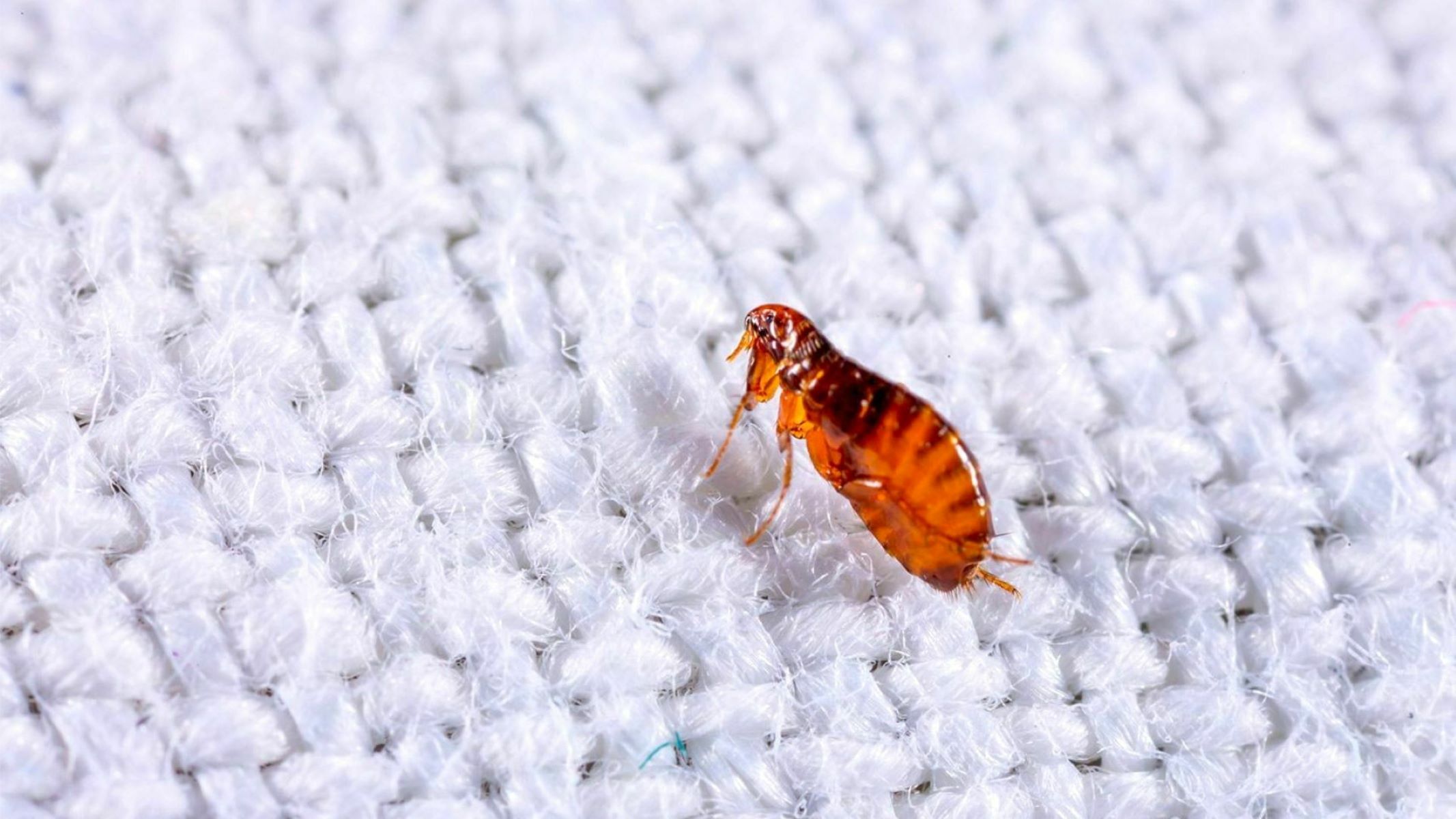


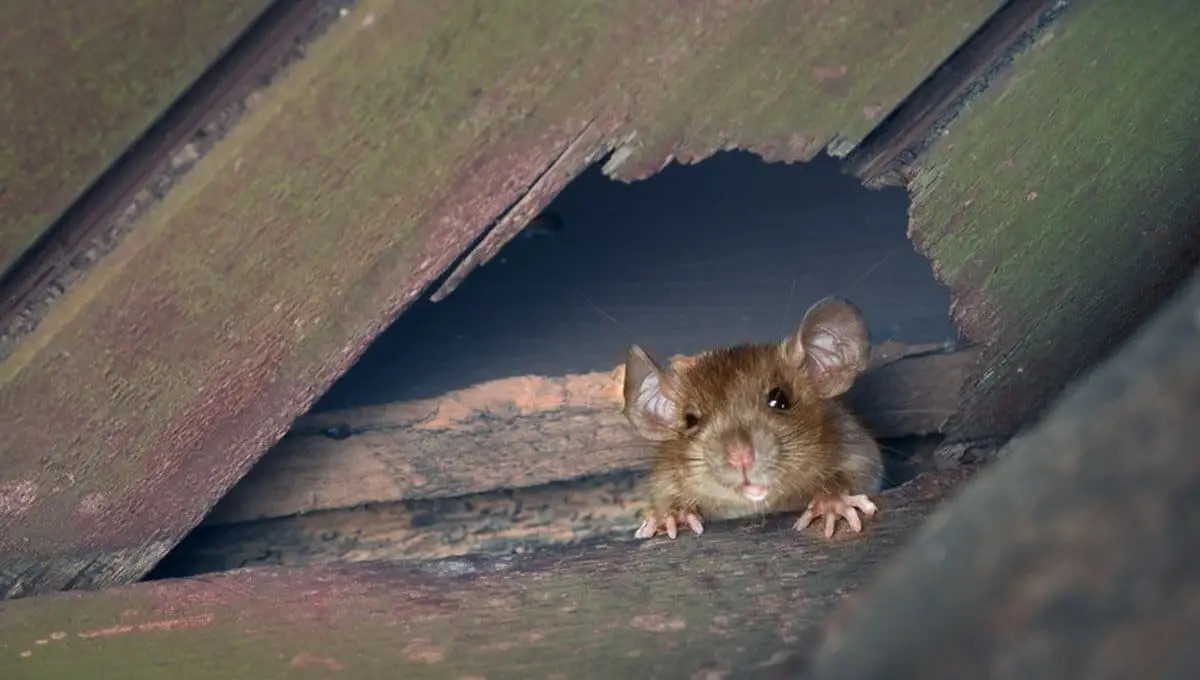
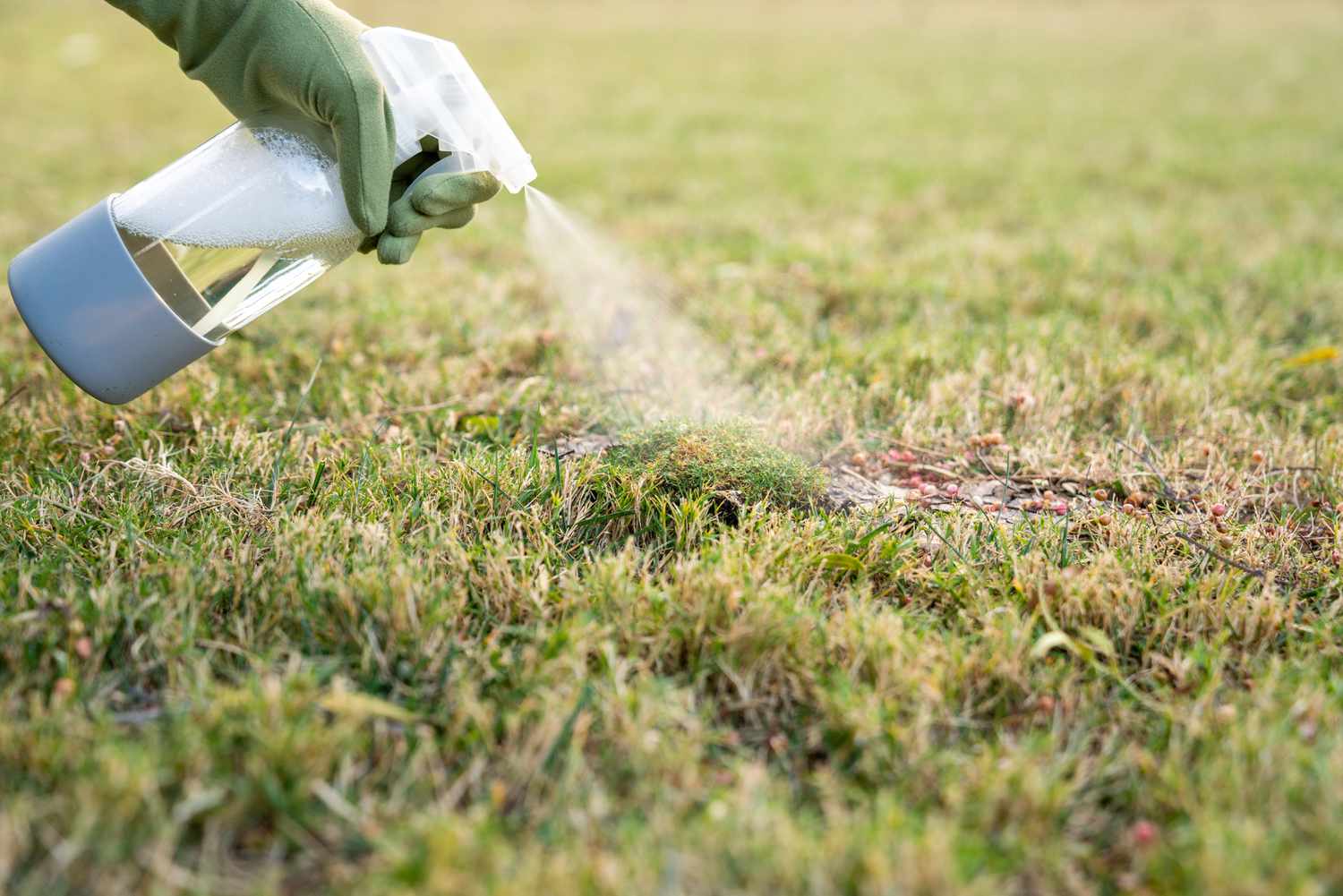
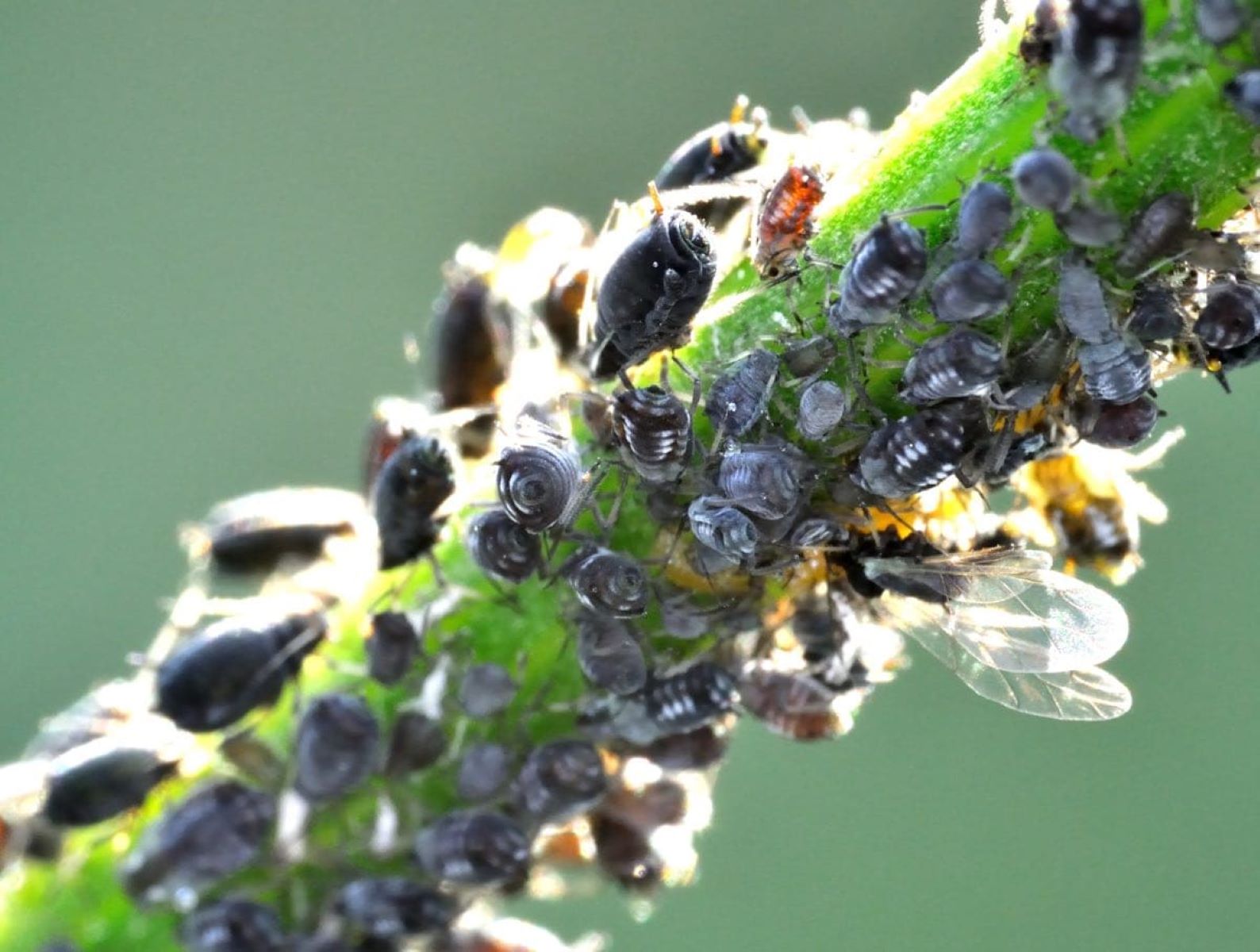
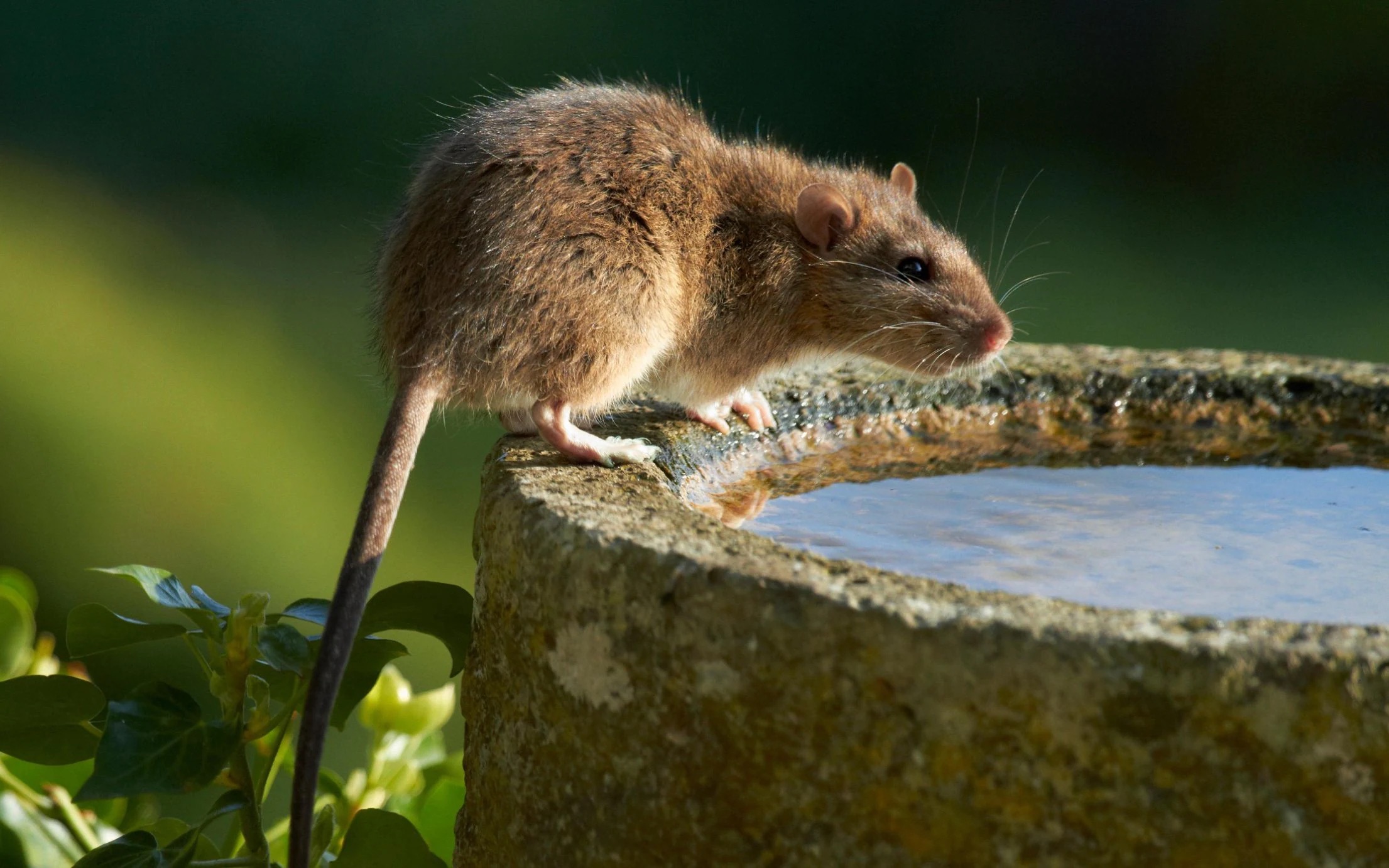
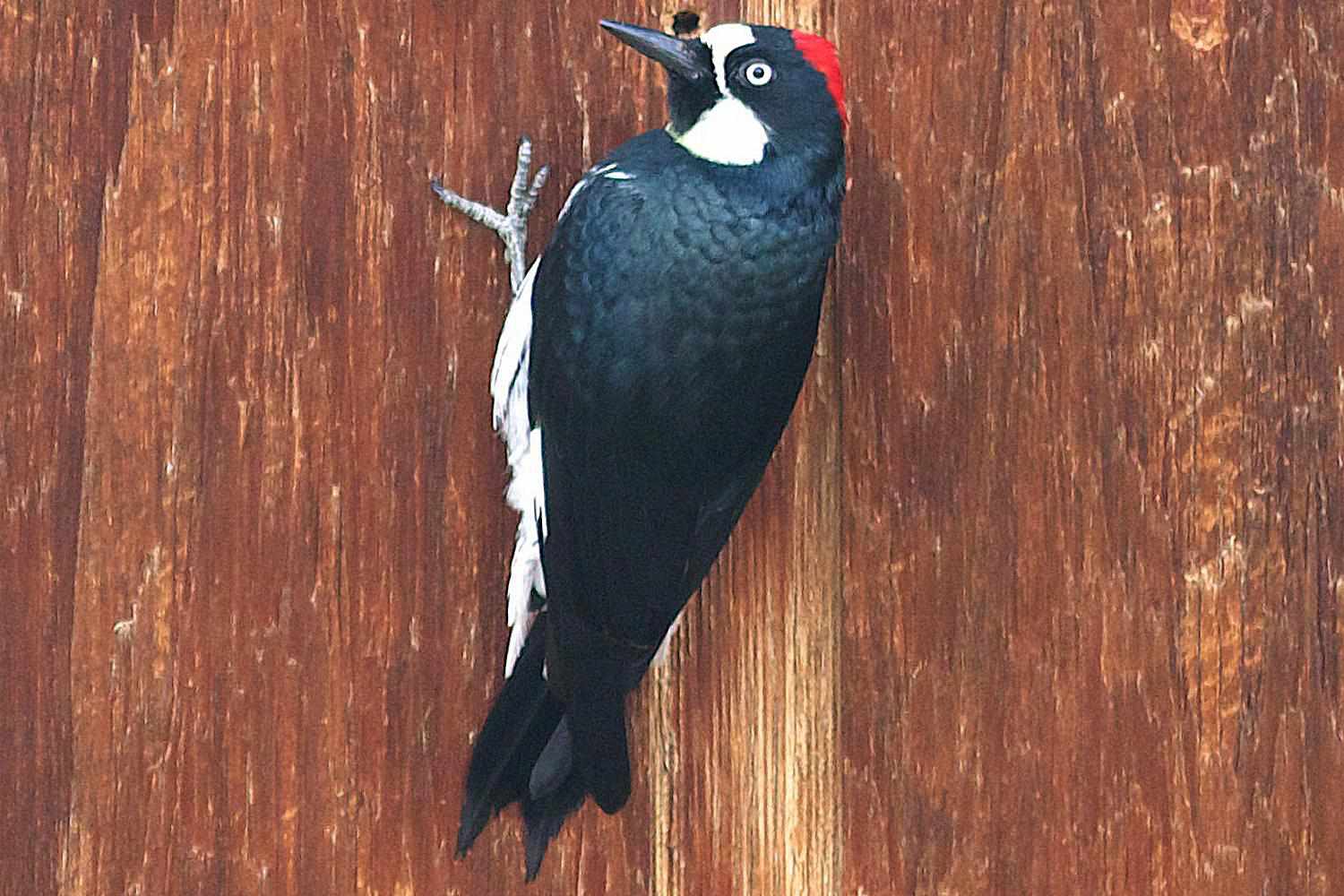

0 thoughts on “How To Get Rid Of Grasshoppers”